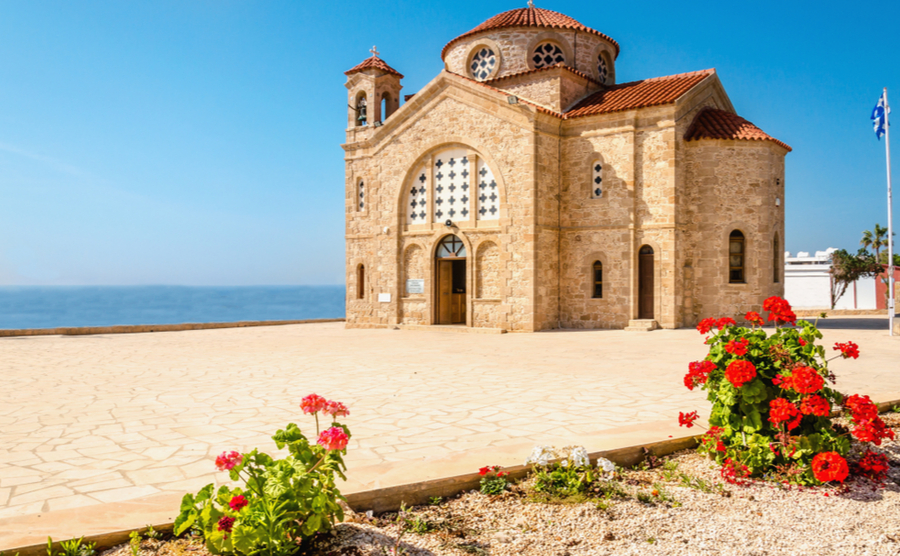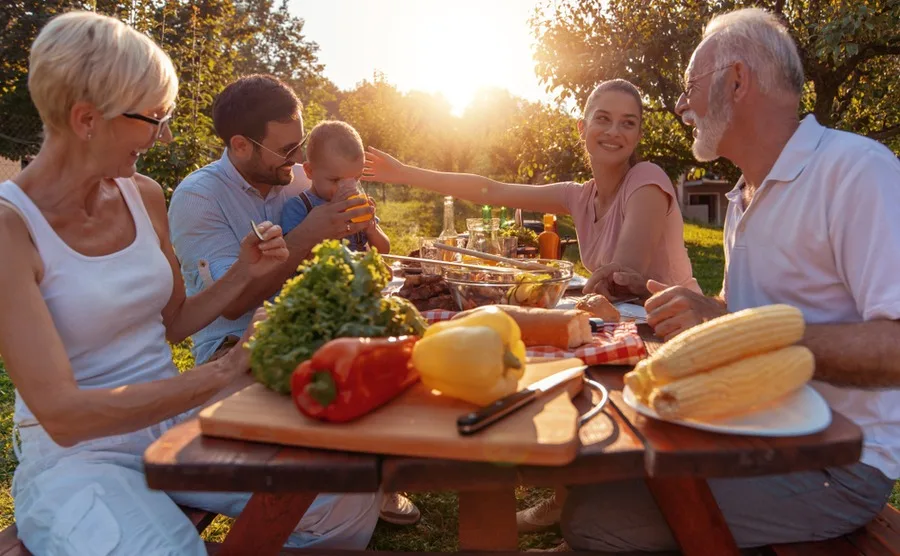I was very excited to move into my newly built home here in Cyprus. It’s indescribable how it feels to be living in a place that you have designed to your specifications. And that includes the garden outside!
The garden is usually the last to be fully completed. I remember looking at it and thinking, “But what should I plant in it when it’s finally finished?” In this article, I’m going to tell you what I’ve learnt about gardening in Cyprus over the years so that you are prepared in advance for the potential glories of growing your very own Cyprus garden.
Find homes in Cyprus via our property portal.
Building the perfect Cyprus garden
There are two clear routes when you want to get started on your Cyprus garden. The first option is to have your garden landscaped by a professional. There are a range of professionals across Cyprus, but I’ve recommended a few here: There’s My Garden Specialist in Nicosia, Home and Gardens Services in Larnaca, Sakis Kazamias in Limassol, or Cyprus Gardening Services across the country.
What happens when you get a landscaper? Well, they will come to visit your home and you can consult them about your desired flower and bush/trees. They will advise what would suit your space and your garden’s measurements. My British friends call it ‘garden architecture’.
The second option is to seek out the flora yourself. I chose this option for my new garden partly because there weren’t many landscaping services when I came to Cyprus and partly because I wanted my garden to be unique to me, so I opted for something I had designed and planted myself.
Things to remember before buying any plants
- You aren’t allowed to bring cuttings or full-sized plants from the UK to Cyprus to plant in your new garden. They will not pass through customs.
- You will need to choose flowers/plants/trees that will survive our high summer temperatures (upwards of 30 degrees C from roughly May/June to the end of August) and lower temperatures (roughly 14/15 degrees C, sometimes frost, ice, and recently, plentiful snow in the “winter” months December-February) in the mountain villages. I’ve noticed that the yearly seasons here in Cyprus are now much more blurred, for example, we now have much shorter winters and much longer summers. You can only say winter has come when the temperatures drop to the low 20s out of the mountain regions at the end of November.
Read on to find out my examples of what you should plant according to the climate in Cyprus.

Beautiful St. Georgios Church, Basilica & Rock Tombs, Cape Drepanon, North of Coral Bay, Near Pegia Village, Paphos, Cyprus
Your Cyprus garden in summer
These are the flowers and trees that I’ve found can survive our hot weather if you water them a lot more regularly during the shady part of the day. You will find the hot sun shines down after 6 pm. Nightfall comes quickly here, even in the summer, at about 8 pm and the clear skies mean the night is very black! Spring (February-April) is the time when you should plant ready for a summer blooming.
- Roses – You can find them now in all colours rather than just the classic red, white and yellow varieties. Keep them in a shaded area if you can to prolong the life of the flower, which is a lot shorter because of the extra warmth here.
- Bougainvillea – They offer a variety of pinks, reds and even purple colours. It’s a lovely trailing plant, a classic in Cyprus gardens! It spreads a great deal so you would need to put it in a large area and allow it to spread along a wall or fence. A small problem is that these varieties of plants flower at different times of the year, but they flower more than once and when they do it’s like a carpet of real colour.
- Begonias – another classic plant for Cyprus – but you need to water these a lot more in the summer months.
- Herb bushes (lavender, rosemary, sage, thyme) – I’ve found that although not as colourful as flowering plants, you can trim these into wonderful shapes so their neatness adds to the décor of your garden – and they are a practical flavourful addition to your food cooking! They are the hardest bushes that I know!
- Gardenias – These are white, uniquely fragrant Cyprus plants with a strong rose perfume that like humid weather. They are sold as individual plants, which you can put in the ground or in containers on your veranda, or they are often put next to each other to make a ‘flowering’ hedge.
- Sunflowers – Need no explanation!
- Plums, pomegranates, peaches, apricots, nectarine trees – what I call the summer fruit trees.
- Almond and walnut trees.
Your Cyprus garden in winter
I’ve found it’s a good idea to plant bushes/trees from September to avoid the first winter frosts if you are living in the mountain areas. Here are some examples.
- The classic olive tree – A Cyprus staple if you like olives (which I don’t, only the olive oil)! It’s a very hardy tree, and it reminds me of the eucalyptus tree. Its silvery grey leaves always make me think of the winter season. They come in all sizes.
- Citrus fruit trees – oranges, lemons, grapefruits give you fruit in the winter months. A good tip is to give them extra watering in the hot summer months, as I’ve found that the fruits are a lot bigger if you’ve given them a lot to drink!
- Apple and pear trees – The apples are usually a red variety or red and green like pink lady, small in size. The pears are always very sweet and juicy.
- Daffodils, narcissus, snowdrops, and crocuses can be planted at the end of November for spring flowering.
- Tulips can be planted in December for a spring showing too.
- “Christmas plants” – Plants that flower in the winter months are what I call ‘Christmas plants’, like Poinsettia (Cyprus Christmas plants) and Christmas cactus.
- Orchids – You can also grow orchids, but I have found these grow better indoors.
- Bedding plants – You can plant bedding plants like pansies and violets in the spring months, ready for a summer bloom.
I’ve linked a great website I recently discovered that gives a huge variety of bulbs and bare-root flowering plants with great gardening tips too for each one they sell. It’s called Farmer Gracy. They post to Cyprus and they arrive in excellent condition ready for you to plant them.












